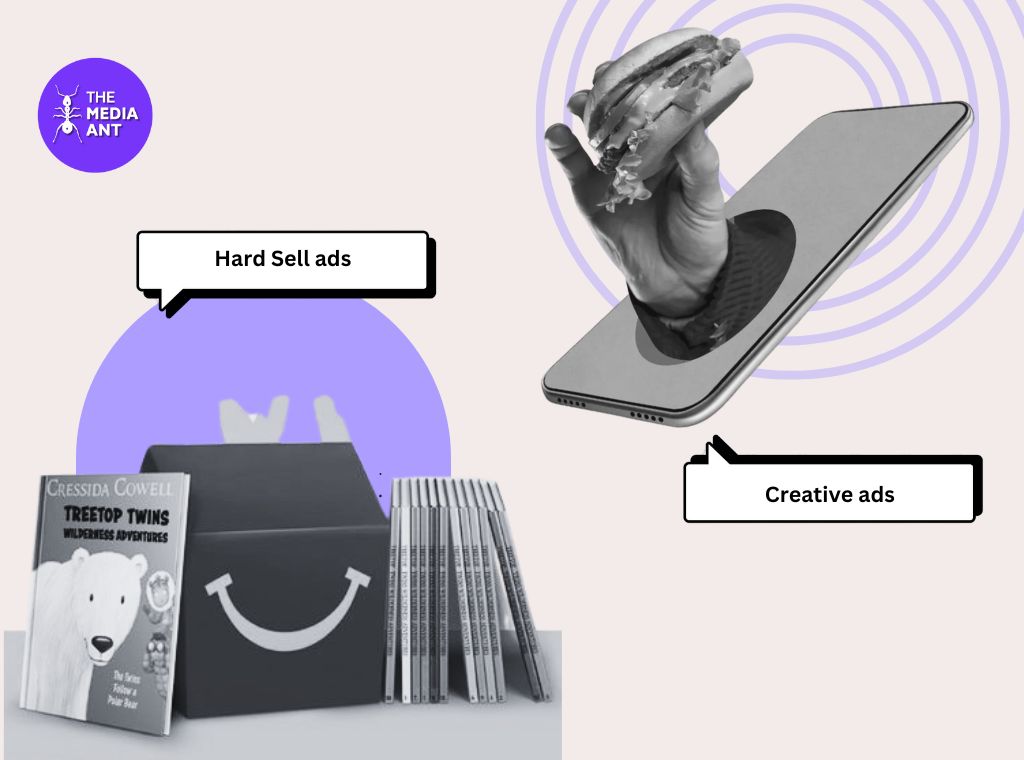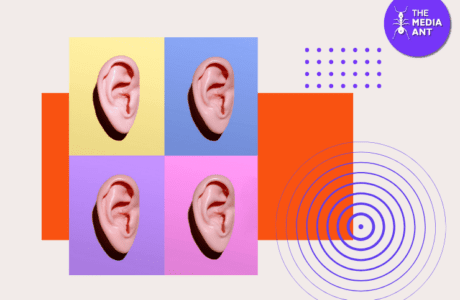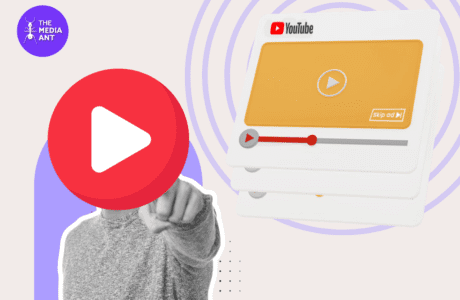What is Creative Advertising?
Creative Advertising is a style of advertising that primarily uses emotional appeals, storytelling, and innovative visuals to capture the audience’s attention and create a lasting impression. It focuses on building brand awareness and affinity by engaging consumers on a deeper level.
What is Hard Sell Advertising?
Hard Sell Advertising is a more direct form of advertising that uses urgent language, forceful pitches, and clear calls to action to prompt immediate sales. It often emphasizes product benefits, offers, and reasons to buy now, aiming for quick conversions.
Difference between Creative vs Hard Sell Advertising
| Particulars | Creative Advertising | Hard Sell Advertising |
| Focus | The primary focus of creative advertising is on enhancing the brand image and establishing an emotional connection with the audience. It aims to resonate with viewers on a personal level, creating a positive association with the brand. | Hard sell advertising focuses on generating immediate sales and conversions. It is designed to prompt a quick decision from the consumer, emphasizing the urgency of purchase. |
| Tone | Creative ads often utilize a subtle, engaging, and sometimes humorous tone to draw in the audience. The approach is less about selling and more about entertaining or informing. | The tone of hard sell advertising is aggressive and direct. It demands attention and action from the audience, using strong calls to action and persuasive language. |
| Content | This style involves storytelling, the use of metaphors, and artistic elements to convey the message. The content is usually more abstract and open to interpretation, focusing on feelings and experiences related to the brand. | Content in hard sell advertising is very straightforward, focusing on the product’s benefits, features, and special offers. It often includes explicit reasons to buy immediately. |
| Consumer Engagement | Creative advertising seeks to build a long-term relationship with the audience, gradually enhancing brand loyalty and preference through continuous engagement. | Hard sell advertising aims for a quick response from the audience, focusing on short-term engagement that leads directly to sales. |
| Visuals | The visuals in creative advertising are often innovative and highly aesthetic, designed to capture attention and make a memorable impression. | Visuals in hard sell advertising are typically more straightforward and functional, with a focus on showcasing the product and its benefits clearly and prominently. |
| Language | The language used is indirect, suggestive, and often layered with multiple meanings, inviting the audience to engage more deeply with the ad. | The language is direct, explicit, and focused on action, often incorporating imperatives like “buy now” or “call today”. |
| Objective | The objective of creative advertising is to build brand loyalty and establish emotional ties with the consumer, aiming for long-term brand engagement. | The objective is to drive immediate purchases, often capitalizing on impulse buying by highlighting limited-time offers or exclusive deals. |
| Target Audience | Targets a broader audience, including those who are not necessarily looking to make an immediate purchase but might be influenced over time. | Primarily targets decision-ready buyers who are poised to make a purchase, focusing on consumers already in the market for similar products. |
| Measurement of Success | Success is measured in long-term metrics such as brand equity, customer recall, and overall market share growth, reflecting the gradual impact of the advertising. | Success is measured in immediate sales volume, return on investment (ROI), and other short-term performance indicators. |
| Typica Media Used | Often uses media like magazines, online platforms, and television, where there is space for more elaborate narratives and engaging content. | Commonly uses direct response media such as sales flyers, infomercials, email campaigns, and direct mail, which allow for immediate tracking and feedback on performance. |





